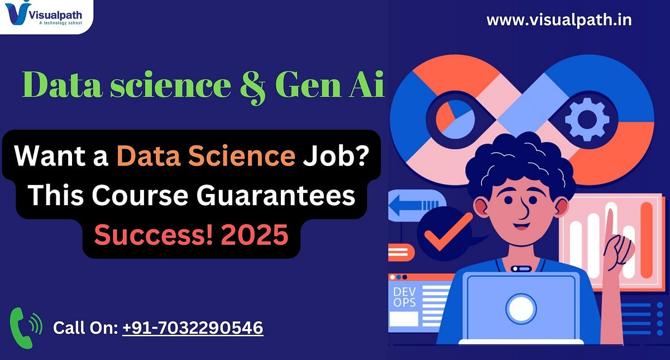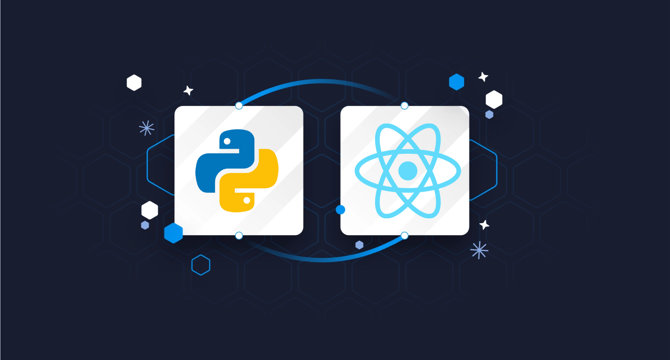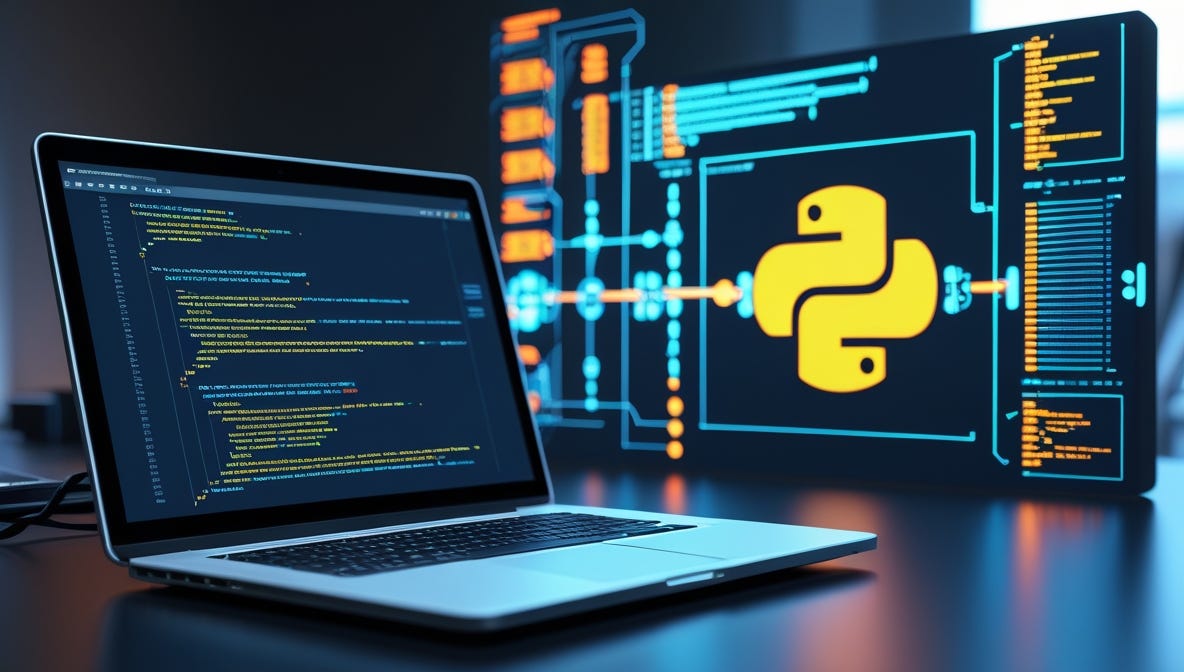Data Science News
Analyticsindiamag
6.8k

Image Credit: Analyticsindiamag
Transformer Co-Author Niki Parmar Joins Anthropic After Founding Two AI Startups
- Former Google AI researcher and co-author of the "Attention Is All You Need" paper, Niki Parmar, has joined Anthropic.
- Parmar played a key role in developing the Transformer architecture at Google Brain.
- After leaving Google, Parmar co-founded Adept AI Labs and Essential AI, raising nearly $65 million for LLM-powered tools.
- Anthropic has released Claude 3.7 Sonnet, a hybrid reasoning model, and Claude Code, an agentic coding tool.
Read Full Article
21 Likes
Analyticsindiamag
178

Image Credit: Analyticsindiamag
Google Launches Gemini Code Assist, a Free AI Coding Tool for Developers
- Google has launched Gemini Code Assist, a free AI-powered coding assistant for developers.
- Gemini Code Assist provides AI-driven code completion, generation, and chat capabilities supporting all programming languages.
- It is available in Visual Studio Code, JetBrains IDEs, Firebase, and Android Studio, offering up to 180,000 code completions per month.
- Google aims to make AI coding tools accessible to individuals and is collecting user feedback during the public preview.
Read Full Article
10 Likes
Medium
13

Image Credit: Medium
Best Data Science with Generative Ai Training
- Data Science with Generative Ai Training is a highly in-demand career path.
- The future market for data science is projected to grow at a CAGR of over 25% by 2025.
- Generative AI is revolutionizing data science by automating tasks and can give you a competitive edge in the job market.
- Enrolling in a high-quality data science course can lead to high salary potential, job security and growth, flexibility, and diverse career paths.
Read Full Article
Like
Medium
333

Image Credit: Medium
Uninformed Search Strategies in Artificial Intelligence
- Uninformed search strategies in AI rely on systematic exploration of the solution space without any domain-specific knowledge or heuristics.
- Pune, India, is emerging as a hub for AI and data science, offering specialized courses to professionals and students.
- Uninformed search strategies, also known as blind search algorithms, form the basic problem-solving approach in AI applications.
- Types of uninformed search strategies include Breadth-First Search, Depth-First Search, Uniform Cost Search, Depth-Limited Search, and Iterative Deepening Depth-First Search.
- BFS involves exploring nodes at the present depth level before moving to the next level, useful in applications like social network analysis and web crawling.
- DFS explores a single branch as far as possible before backtracking, helpful for solving mazes and scheduling problems.
- Uniform Cost Search prioritizes nodes based on their associated costs, commonly used in route planning and network routing applications.
- Depth-Limited Search restricts the depth of exploration to prevent infinite loops, applicable in solving large puzzles and decision-making in robotics.
- IDDFS combines BFS and DFS by incrementing depth limits in each iteration, applied in gaming AI and pathfinding tasks.
- Enrolling in a data science course in Pune can equip individuals with the necessary skills in search algorithms to excel in AI and machine learning careers.
Read Full Article
20 Likes
Analyticsindiamag
210

Image Credit: Analyticsindiamag
SynaXG, Kyocera Unveil mmWave 5G vRAN Solution on NVIDIA AI Aerial Platform
- SynaXG, Kyocera, and NVIDIA have unveiled the world's first software-defined mmWave 5G vRAN solution at MWC Barcelona 2025.
- The technology aims to improve connectivity and edge AI processing for industries like smart manufacturing and healthcare.
- Lab tests showed that the solution can handle five carriers with 400 MHz bandwidth each, achieving speeds of up to 30 Gbps.
- The collaboration leverages Kyocera's mmWave technology and NVIDIA's AI Aerial platform for high performance and optimized costs.
Read Full Article
12 Likes
Appsilon
18

Image Credit: Appsilon
Scaling Decision Support Systems: When to Use React, Python, and R
- In the past, organizations relied on static file reports, but faced errors and messy data issues.
- For scalable decision systems, organizations are moving towards creating web applications in Shiny, Streamlit, or Dash.
- Using React and Python becomes favorable for building business-critical systems supporting hundreds or thousands of users.
- Decision support systems enable users to make decisions based on data and are more powerful than traditional dashboards.
- Python's versatility makes it a popular choice for back-end development in decision systems.
- React is favored for building responsive user interfaces, handling complex interactions, and scalability.
- FastAPI in Python allows building fast and scalable APIs, ideal for business-critical decision systems.
- Scalable decision systems benefit from the React and Python tech stack due to their scalability, performance, and maintainability.
- Migrating to React and Python-based systems should be considered when current systems face performance issues or lack scalability.
- Outsourcing development of decision systems with React and Python can lead to quicker production and leverage best practices.
- The future of decision systems involves using the right technology stack to meet evolving user needs, with React and Python applications gaining prominence.
Read Full Article
1 Like
Appsilon
402

Image Credit: Appsilon
Shiny Gathering x Pharmaverse Recap: Simplifying R Package Quality with the {riskassessment} App
- Customizing the {riskassessment} App based on organizational needs simplifies validating R packages in regulated industries like pharma, ensuring efficiency and compliance.
- The app, built on {riskmetric}, offers a structured, user-friendly approach that can be customized to specific risk assessment requirements, making package approval easier.
- Key factors evaluated by the {riskassessment} App include license availability, bug reporting mechanisms, test coverage, documentation completeness, and community engagement.
- The app streamlines the communication between package users and system administrators, providing a structured risk report for informed decision-making.
- The validation process using the app involves logging in, reviewing package metrics, checking dependencies, justifying package requests, and submitting requests for approval.
- The app allows customization of risk assessment rules, automates decision-making based on predefined criteria, manages roles and privileges, and stores organization-specific settings for consistency.
- Features like automated package assessments, decision automation, dependency analysis, built-in commenting, role-based access, and historical tracking make the app stand out in R package validation.
- Addressing challenges such as risk scores vs. individual metrics and code coverage limitations, the {riskassessment} App provides a centralized and structured approach to R package validation.
- For more information and resources related to the app, including slides, GitHub repository, documentation, and presentation demo app, visit pharma.r.org.
- The {riskassessment} App simplifies package risk assessment and decision-making, offering a centralized platform for evaluating R packages and making informed choices.
Read Full Article
24 Likes
Analyticsindiamag
150

Image Credit: Analyticsindiamag
DeepSeek Launches DeepEP, a Communication library for Mixture of Experts Model Training and Inference
- China's DeepSeek AI has launched DeepEP, a communication library for mixture of expert (MoE) model training and inference.
- The library aims to improve communication between GPUs and machine learning models using MoE architecture.
- DeepEP offers optimized kernels for efficient data movement and achieves high performance on NVIDIA H800 GPUs and InfiniBand RDMA network cards.
- DeepSeek plans to open-source five repositories, including DeepEP, as part of its commitment to transparency and openness.
Read Full Article
9 Likes
Medium
82

Image Credit: Medium
The AI governance gambit: Scale your AI without making headlines
- Julia Steen, a respected product leader, faces backlash over an AI-driven health assistant project lacking diverse dataset testing and clinical reliability assurance.
- Challenges in scaling AI systems are causing projects to be abandoned, with 54% of enterprises incurring losses due to AI governance failures.
- Transitioning AI systems to full-scale production requires a fundamental shift in mindset and continuous learning approach.
- AI governance must adapt to the probabilistic and data-dependent nature of AI systems to avoid failures in real-world deployments.
- AI products should prioritize user needs over technology, focusing on simplifying experiences and meeting real user requirements.
- Static governance policies may fail to address the evolving nature of AI systems, leading to governance gaps and potential risks.
- Real-time monitoring is crucial to track AI system behaviors and intervene when actions deviate from expected norms.
- The complexity of AI governance increases as AI agents evolve to reason and act autonomously, requiring adaptive governance frameworks.
- Organizations face challenges in managing stakeholder expectations amid rapid AI innovation and fragmented tools ecosystem.
- Governments are developing regulatory frameworks like the EU AI Act to keep pace with AI advancements and ensure effective governance.
- Adopting an iterative and data-driven approach to AI governance is essential for aligning AI initiatives with business goals and ensuring success.
Read Full Article
4 Likes
Medium
402

Image Credit: Medium
Iron Man: The Unstoppable Superhero
- Iron Man is one of Marvel's most famous superheroes, created by writer Stan Lee, artist Don Heck, and editor Jack Kirby.
- Tony Stark, a brilliant wealthy inventor and industrialist, becomes Iron Man after being injured and taken prisoner.
- Equipped with a technologically advanced suit of armor, Iron Man possesses increased strength, speed, flight, and a variety of armaments.
- Stark continually improves his suit with innovative technologies to adapt to different war scenarios and threats.
Read Full Article
24 Likes
Medium
13

Image Credit: Medium
9 Python Scripts to Automate Your Life and Supercharge Productivity
- Python has completely changed how I handle daily tasks.
- Built a collection of simple yet powerful Python scripts to automate everyday tasks and boost productivity.
- Share nine favorite Python scripts in the article.
- Includes a script for audio notification of important events.
Read Full Article
Like
Analyticsindiamag
4

Image Credit: Analyticsindiamag
India vs Pak: How JioHotstar Pulled Off 60 Crore Live Stream Views
- The recent ICC Champions Trophy 2025 match between India and Pakistan garnered 60.2 crore views on JioHotstar, posing technical challenges for the engineering team.
- The introduction of free mobile subscriptions led to 50 million simultaneous streams, necessitating a revamp of JioHotstar's infrastructure for seamless user experience.
- JioHotstar's live streaming architecture incorporates complex CDNs and API gateways for efficient content distribution and traffic management.
- The team optimized traffic handling by creating dedicated CDN domains for cacheable requests and deploying high-throughput nodes.
- Migration to Amazon EKS from self-managed Kubernetes clusters enhanced scalability by offloading cluster management.
- Network throughput challenges, such as NAT Gateway congestion, were addressed by subnet-level configurations and load balancing.
- Infrastructure optimizations and network scaling were critical in managing the 60.2 crore views during the India vs Pakistan match.
- Autoscaling faced limitations in handling traffic surges during high-stakes events, necessitating extensive load testing for effective infrastructure planning.
- JioHotstar's 'tsunami testing' with 3,000 machines aids in determining service capabilities during peak traffic, enabling efficient infrastructure scaling.
Read Full Article
Like
Medium
22

Image Credit: Medium
Coupons your secret weapon for saving money
- Coupons allow you to get more bang for your buck by reducing the cost of everyday items. With store promotions and manufacturer coupons, you can build a pantry full of essentials for pennies on the dollar.
- By using coupons, you can save on products you already buy, from toiletries to snacks. Instead of paying full price, coupons help you shave off a portion of the cost.
Read Full Article
1 Like
Medium
351

Image Credit: Medium
Beyond Pandas: The Hidden Python Libraries for Data Science
- Pandas is a popular library for data manipulation in Python, but it may not be suitable for handling big data.
- Polars is a powerful Python library that processes data in parallel, making it significantly faster than Pandas for large datasets.
- In a test with a dataset of 10 million rows, Pandas took nearly 2 minutes to perform a groupby operation, while Polars finished it in less than 2 seconds.
- Polars offers a high-performance alternative to Pandas for efficient data analysis and manipulation.
Read Full Article
21 Likes
Hackernoon
443

Image Credit: Hackernoon
Everything You Need to Know About The Apache DolphinScheduler Version Upgrade
- Apache DolphinScheduler has added an automatic version upgrade feature since version 2.0.1.
- Pre-Upgrade Preparations include data backup, version compatibility check, and environment check.
- Upgrade Steps involve stopping services, upgrading the database, and updating service configurations.
- Post-Upgrade Verification includes service health check, task execution test, and functionality compatibility check.
Read Full Article
26 Likes
For uninterrupted reading, download the app